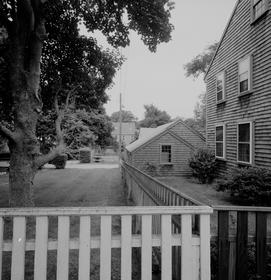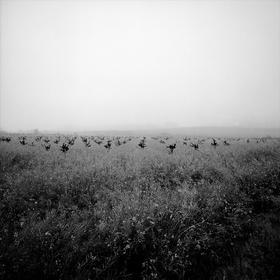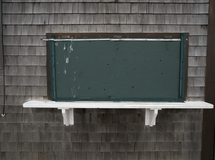Creative Freedom
There is no way I can support the premise that these latter years of my life are supportive of major production as an artist. At 74 I still keep my hand in as I derive immense satisfaction in the making of a good photograph, made with intent and responsive to my surroundings, sensitive to an undercurrent of intelligence, with wit, candor, and beauty to boot.
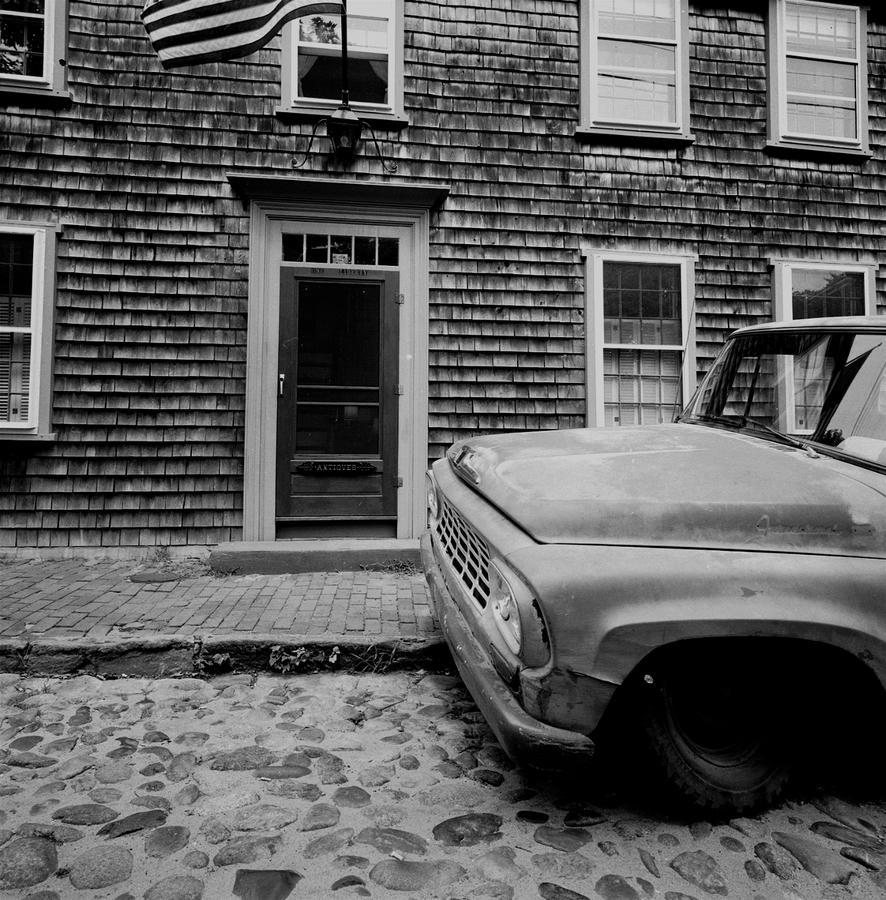 Nantucket 1980
Nantucket 1980
But my major years are behind me, no doubt. That being said, as you age if you retain your mind, you look back more, reflect on the past that contains both mistakes and accomplishments.
If you are a career artist as I am, that reflection tends to focus on bodies of work that struck out in new directions or that took risk, perhaps where I went astray, was sidetracked or succumbed to a false prophet. In contrast, as a positive, those bodies of work that contained clarity, a sense of purpose and extended the meaning of my work to others look pretty good to these old eyes and therefore fill me with a sense of fulfillment I never knew as a younger man.
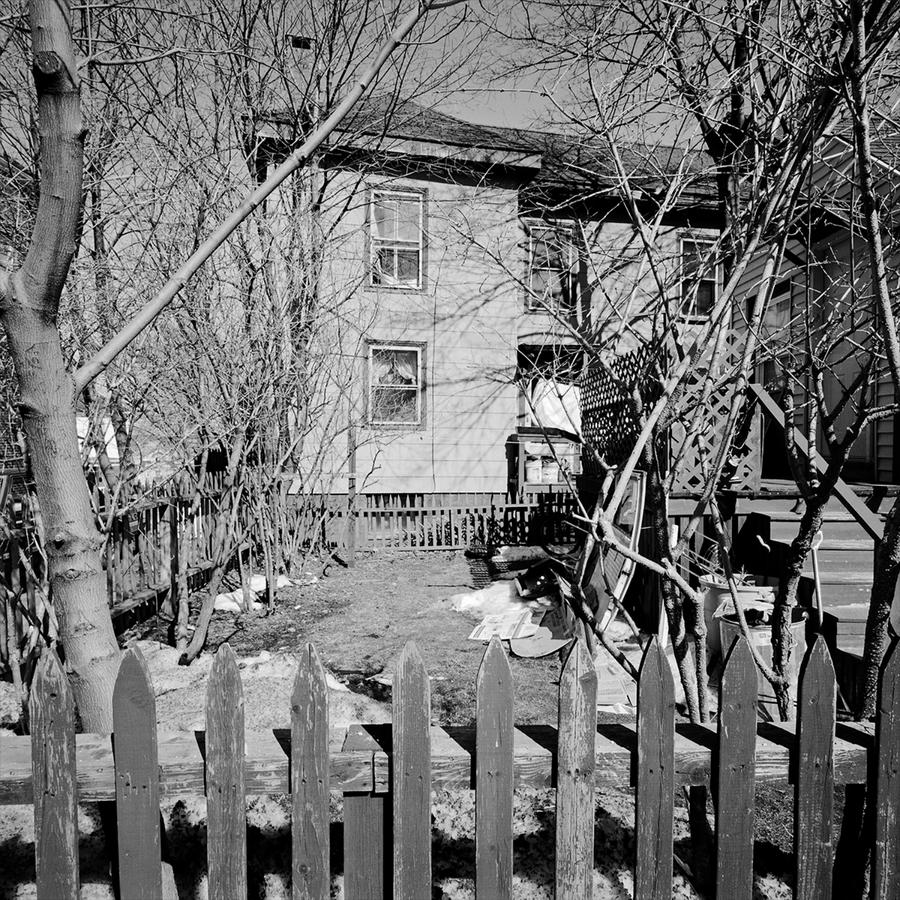
Now, looking back over so very many years I can finally see things with some perspective. I welcome that. There is a tremendous benefit to have whole scores of past works right here at my fingertips on the site, available in a click of the mouse to open up and show work in sequence laid out in a narrative form. So cool, that.
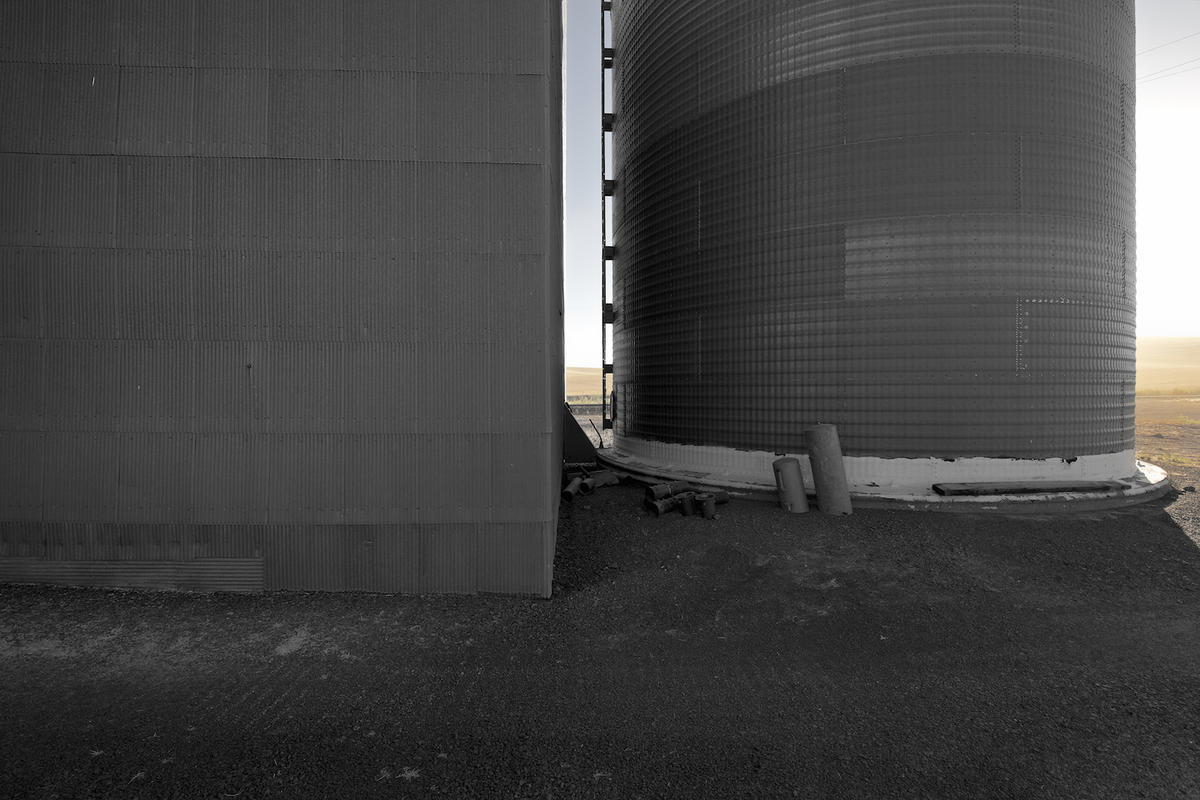 Silos, WA 2012
Silos, WA 2012
At any rate, the purpose of writing here in this post is to bring up the idea of creative freedom and what it means.
I can only do that by citing my own personal journey as an artist. Mine was specifically defined within the context of being a teacher, a professor in a university on a tenure track. What this did was to both restrict personal freedom and expand creative freedom.
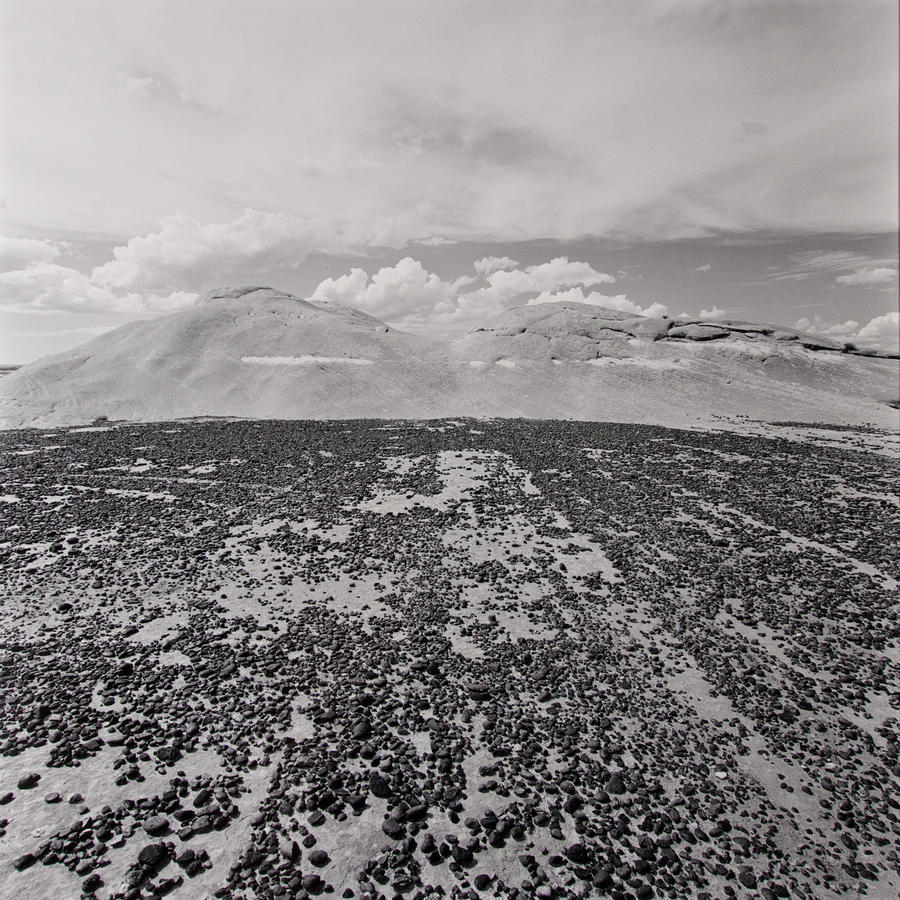 Bluff, UT 1998
Bluff, UT 1998
I have often described the manner in which one is coached, mentored and advised in academia as being benign. My own creative freedom was that all the university system cared about was the critical acclaim and praise of my work that would reflect positively on the institution. The freedom of that was powerful because the department chairs, committees, provosts, and presidents of NU couldn't have cared less what it was that I actually DID, just that it was successful. Odd, right?
Imagine! The freedom to create what you wanted, to go off on a tangent, to explore, experiment, put down something, pick up something else. By 1987, when coming up for tenure review, I was under big-time pressure to show, to publish, to bring my work to a larger audience with absolutley no one telling me what that work should be.
So, if you could map a career that had creative freedom such as this, where you were required to make work, indeed, were supported through grants and sabbaticals to produce work, what would you do? To some extant that system of critical review of the body of work I made kept me on my toes, although I can see now that it was fundamentally an academic system. What I did stands in review in the lower section of the gallery page of this site, for all to see.
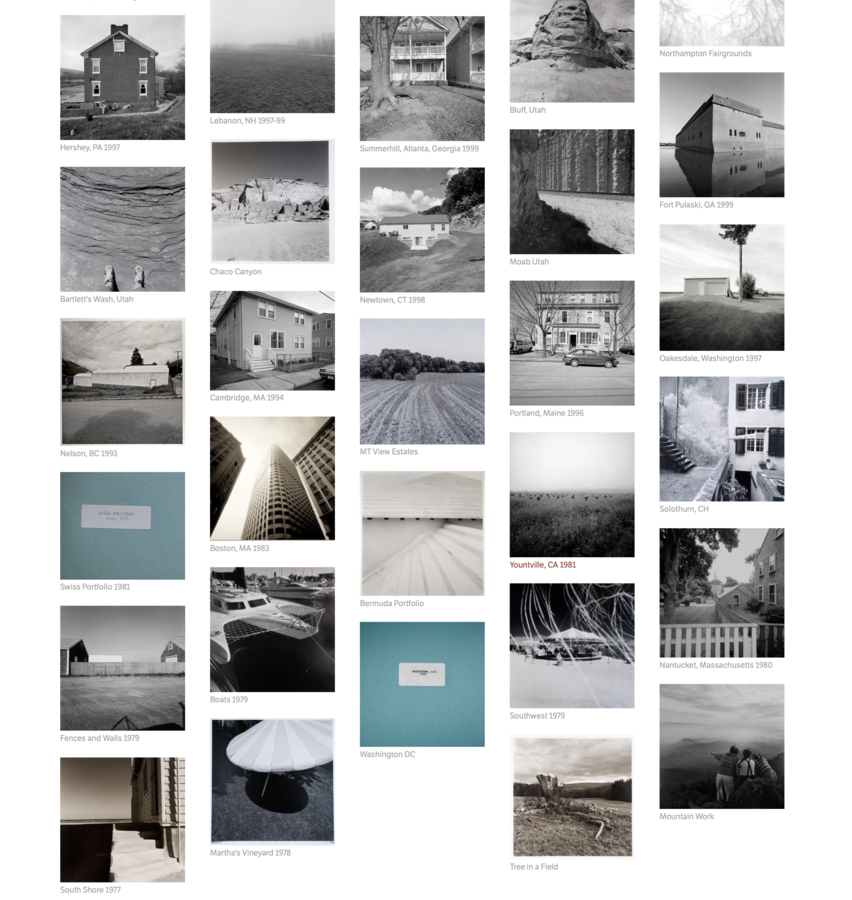
I'll close here but imagine having the absolute freedom to make your art as you choose. All I needed to do was make first rate work and then seek to get it exposure. That's just what I did. And, as I have been retired from academia for now almost 10 years, I have continued within that same system. Make work. and seek to show it, publish it, expose it. Simple, really.
